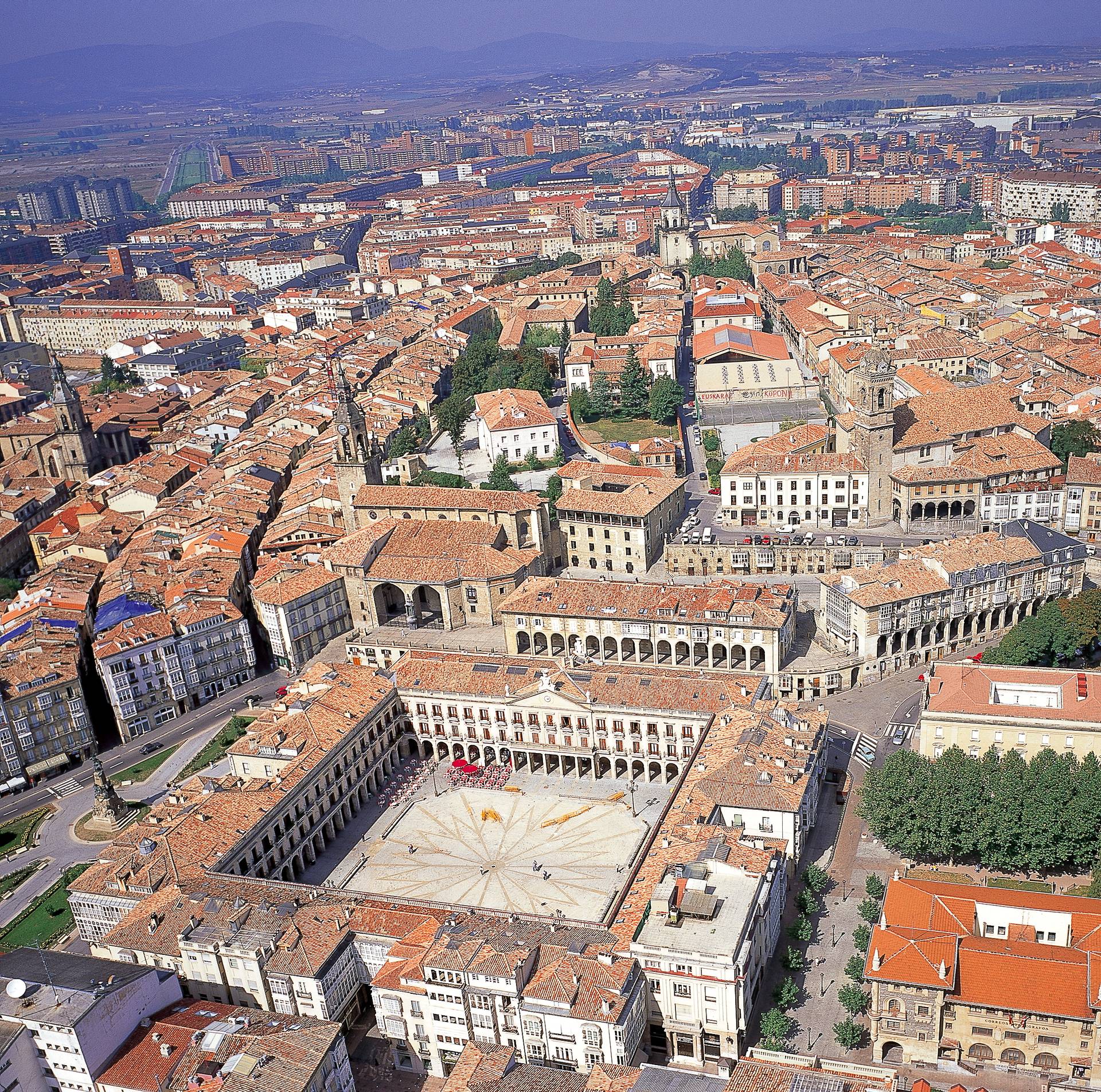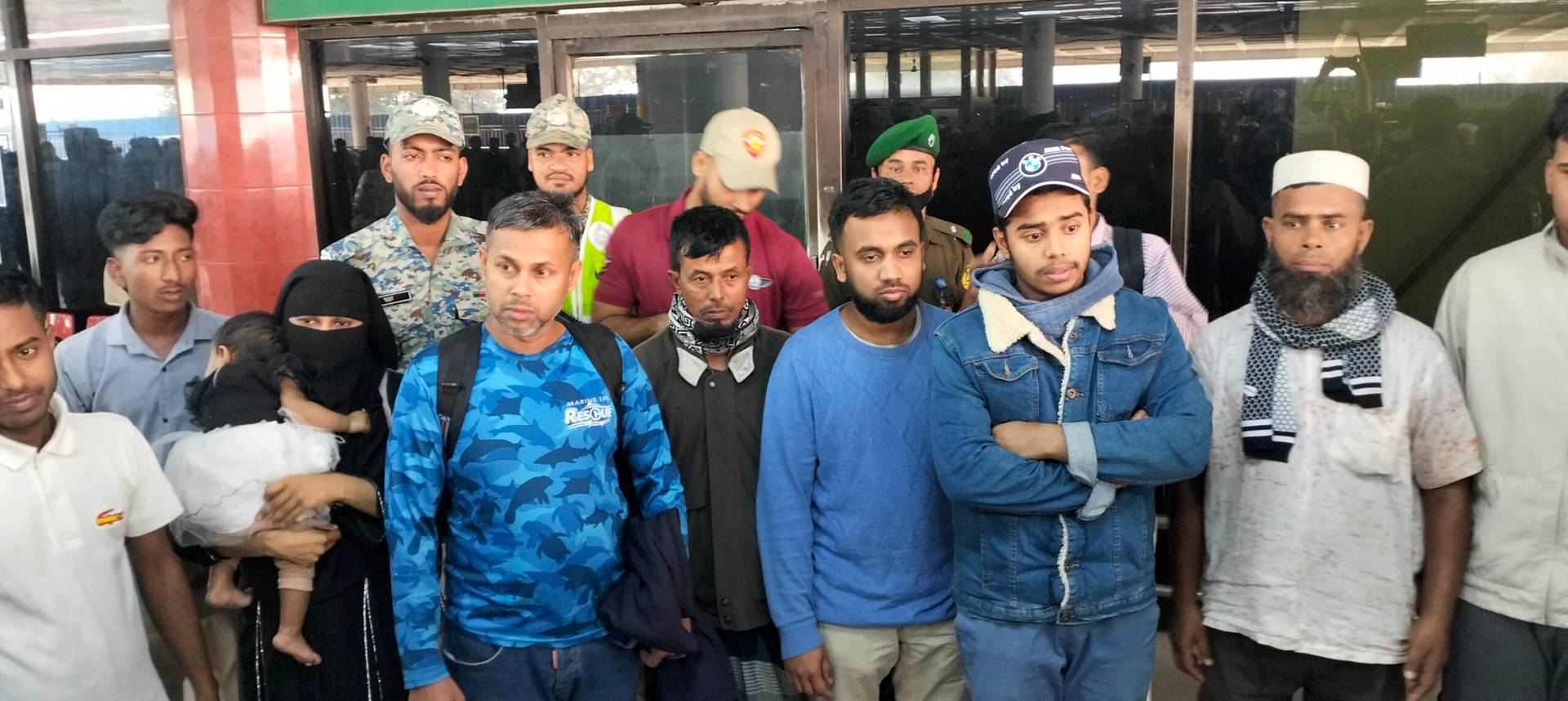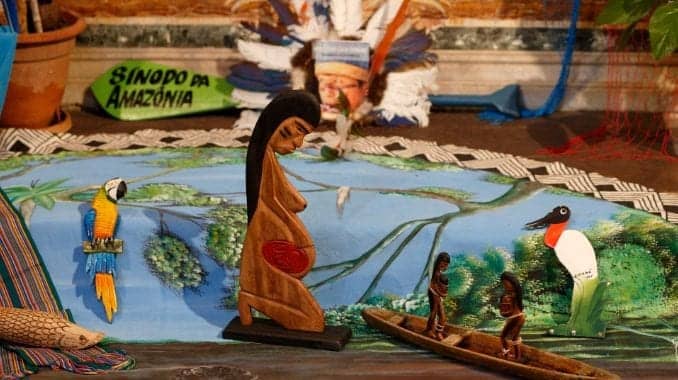ROME — Even before the Oct. 6-27 Synod of Bishops on the Amazon began, perhaps its single most controversial personality has been an inanimate object — a small wooden carving of a naked pregnant woman, described by a Vatican spokesman as a simple representation of life, but reviled by traditionalist critics as a graven pagan image.
At the beginning of the contretemps, some defenders of the symbolism tried to describe the image as an indigenous depiction of the Virgin Mary, but that hypothesis likewise was shot down by Vatican spokesmen.
The now-famous image was back on Saturday during a Via Crucis procession, or “Way of the Cross,” joined by several bishops taking part in the synod as well as members of indigenous communities in the Amazon, to meditate on the suffering of the peoples who live in the rainforest and of the earth itself.
Saturday’s prayer, focused on the passion and death of Jesus Christ, began with those in attendance in a circle with a crucifix held high. At the center, a canoe with the pregnant woman was surrounded by pictures of the martyrs of the Amazon, including missionary bishops, priests, religious and laity who died protecting the indigenous and the rainforest.
According to Father Fernando Lopez, a Jesuit, and a member of the “Itinerant Group,” composed of men and women, religious and lay, who travel around the Amazon preaching the Gospel in extremely remote areas, the image of the pregnant woman “represents life.”
“We were all born from a mother, and we all have a mother who was pregnant and delivered us to life,” he told Crux. “It’s a mystery, life itself, that signifies in a way that God is also mother, he’s engendered us and cares for life.”
The Jesuit priest was one of hundreds who attended Saturday’s Way of the Cross organized under the aegis of “Amazon: Common Home,” sponsored by several Catholic organizations, such as Caritas Internationalis, Misereor, the International Union of Superior Generals and the REPAM, the Pan Amazonian Ecclesial Network.
“We can understand the mystery of life as a great pregnancy of God, who loves us so that he delivered us into this world,” Lopez said. “And this creature has to be cared for.”
“There’s a tremendously deep connection between the seed of life that is the Amazon, the indigenous people, diversity and that God who too is diversity,” he said. “The more diverse, the more divine, and life can only take place among diversity: no one gets pregnant alone.”
Lopez said the wood carving is an image the Itinerant Group has been using for years, and it was bought at an artisan’s market in Manaus, a city in Brazil’s Amazon.
With his 2015 encyclical on the environment Laudato Si, Lopez said, the pope urged all people to care for the planet so that “life can continue to flourish.”
“Life matters to us all, regardless of our religious beliefs,” he said. “It gives meaning to all of us, and we want our children and the children of our children to continue the dance of life on Mother Earth.”
Asked if it was part of a pagan ritual, the priest offered a flat “no.”
“There’s something wrong with us if we’re scared by a pregnant woman,” he said.
At the beginning of the Way of the Cross, the organizers said it had been prepared as a “special sign” to experience the path made by Jesus, to represent the way in which “nowadays, Christ is reincarnated in this territory and its people, managing to live, die and resurrect in the Pan Amazonia.”
They also asked participants to live the moment of prayer “in recollection,” to strengthen the announcement of the Gospel and also a capacity of “denunciation and action against injustices.”
The Way of the Cross began in Rome’s Castel Sant Angelo, winding its way down the famed Via della Conciliazione and ending in St. Peter’s Square. The prayer, organizers said, was a way to remember the martyrs who gave their lives for the kingdom of life and also the “sorrows and anguish” of the Amazon people and of the earth.
The prayer followed the traditional stations reflecting Christ’s journey to Calvary, but the meditations focused on the Amazon region and were accompanied by the witness of a man or woman who gave their lives in the defense of the oppressed, including Archbishop Oscar Romero of El Salvador, killed in 1980 while saying Mass. The theme for his station was “the oppression of the people, Ecuador and the Pan-Amazonia.”
The eighth station, “the clamor of the women,” reflected on women in the Amazon who are victims of many kinds of violence. Those cries, participants prayed, demand that the Church open its doors “and answer in a more effective way to the problem, to avoid the death, extortion, kidnapping and abuse of women.”
The martyr chosen for this station was American Sister Dorothy Stang, killed by six gunshots when she was 73 in 2005. The Instrument laboris, meaning the synod’s working document, called Stang a “martyr,” but the Catholic Church hasn’t recognized her as such officially.
Follow Inés San Martín on Twitter: @inesanma
Crux is dedicated to smart, wired and independent reporting on the Vatican and worldwide Catholic Church. That kind of reporting doesn’t come cheap, and we need your support. You can help Crux by giving a small amount monthly, or with a onetime gift. Please remember, Crux is a for-profit organization, so contributions are not tax-deductible.

















